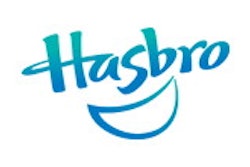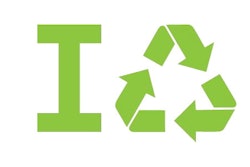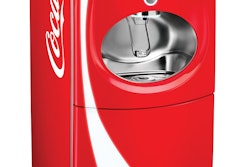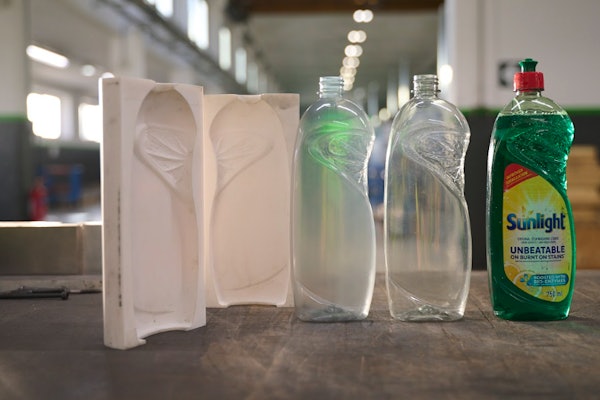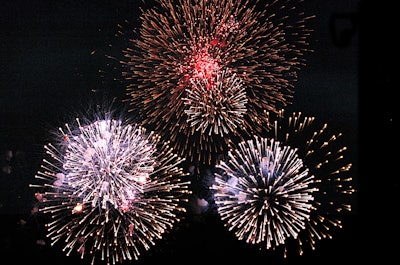
At the recent Waste-to-Energy Exchange, organized by Greener Package and the American Institute for Chemical Engineers’ (AIChE) Institute for Sustainability (IfS), speaker Marco Castaldi confessed to the audience that he had initially struggled with putting together content for his presentation. Castaldi, assistant professor of Earth and Environmental Engineering at Columbia University, had been assigned the topic, “Technology Obstacles and Hurdles to WTE,” for the one-day event, held in early November at the NYIT Auditorium in New York City.
“When I thought about this title,” he said, “I thought, ‘This is interesting, there are no technological hurdles, so what are we going to do here.’” What he explained to the audience, made up of representatives from consumer packaged goods companies, WTE technology companies, industry associations, and packaging students, was that “it’s an understanding issue.”
“What I like to tell people when they ask me whether different waste-to-energy technologies and developments will work is, ‘Yes, they will work; the engineering is there. The question is, how do you present the information to get acceptance for waste-to-energy technology.’”
Because, as Castaldi and other speakers advised, the question of increasing the number of WTE facilities—there are 86 in the U.S. currently—is not one of technological hurdles. The major challenges to WTE include negative public perception and state and federal regulations, including overly restrictive EPA pollutant standards, according to Ted Michaels, partner/president of AJW, Inc./Energy Recovery Council.
Michaels also added, “There are projects all over the U.S. being considered, but people are against it in some areas, not necessarily due to WTE, they are just concerned about change.”
But as Castaldi and others gave evidence of at the event, WTE is a proven technology that offers a tremendous potential for homegrown, renewable fuel in the U.S. As Paul Gilman, Senior vice president and Chief Sustainability Officer of Covanta, said, “Energy from waste is a sustainable solution to disposing of post-recyclable waste, reducing greenhouse gas emissions and producing clean, renewable energy.”
Dispelling the WTE myths
So how did Castaldi illuminate this “understanding issue” during his presentation? Instead of enumerating nonexistent technological hurdles, Castaldi named a number of myths surrounding WTE, and dispelled them each using data.
One myth he touched on was the argument used by many WTE opponents that WTE discourages recycling. Through data of countries using WTE, Castaldi showed that “those countries that are extracting energy from materials actually have higher recycling rates.” Confirming this data, Gilman in his presentation added, “Communities with WTE facilities exceed the state-wide average recycling rate by 20%.”
Another concern with WTE, especially those with a NIMBY (not in my backyard) philosophy, is the amount of pollutants WTE facilities produce. But, Castaldi assured, “there have been orders of magnitude reductions in emissions” since the early days of incineration. “As we become more efficient, our processes get better,” he added. “So in general, today’s combustion systems are far below the emissions limits.”
One of the most striking analogies of the event was Castaldi’s comparison of the dioxins released in 100 years of a WTE facility’s operation with those released by fireworks. “There was a time when dioxins emissions were very high,” he began. “But now the dioxins have been properly removed, and what I like to point out is that the reality is that the amount of dioxins are tiny that are being emitted from WTE technologies, especially combustion technologies.
“What I tried to do is put it on the scale of something we understand. If we look at 100 years of a WTE plant operation, the amount of dioxins that a WTE plant releases in 100 years is the same amount of dioxins fireworks release in 15 minutes.”
Castaldi went on to discuss six other myths, including arguments that WTE is incompatible with renewable systems or composting, concluding, “Waste-to-energy and thermal conversion cuts across all sustainable fronts in terms of energy, health, environment, land resources, and economics. And it’s definitely growing worldwide in terms of not only perception, but also development.”
Let science guide decision-making
Another presentation, by Lise Laurin, director of EarthShift, entitled, “Measuring Impacts—Life Cycle Assessment and Total Cost Assessment of Waste-to-Energy,” emphasized that science-based evaluation via LCA and TCA is key to fully understanding the impacts of WTE.
Laurin walked through the LCA categories that would be relevant using the Global Packaging Project’s protocol during a WTE plant LCA. But she also noted, “It’s not just an environmental decision; it’s also a social decision. There are some things that cannot be looked at via the LCA.”
To assess NIMBY, she advised, look at the TCA (also known as the sustainability ROI), as well the economic, social, and environmental impacts. “This allows you to look at it from the perspective of all the stakeholders,” she said.
As Greener Package readers have no doubt heard many times before in regard to many new sustainability technologies and processes, Laurin concluded, “Sustainability is a journey. What is the right answer today many not be the right answer tomorrow. But you have to go ahead and begin the LCA process and do the best you can.”
Second opportunity to participate in exchange
On Dec.8 from 2 to 3:30 p.m. EST, Greener Package and AIChE will be offering a 90-minute webinar—Opportunities and Challenges of WTE—based on the Waste-to-Energy Exchange. Presenters from the face-to-face event will be on hand to answer questions during a live Q & A following the broadcast.
